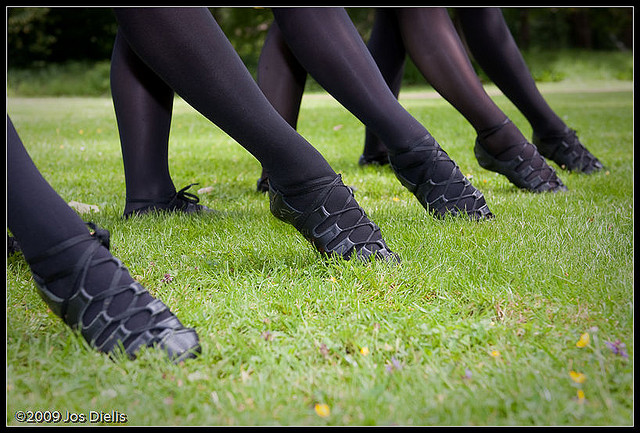 Of the many pains a dancer may endure, the pain of shin splints is second to none. Shin splints is an overuse injury technically known as media tibial stress syndrome. They can range from a stress injury (swelling of the shinbone) to a stress fracture (a crack in the bone), and plague runners as well as dancers.
Of the many pains a dancer may endure, the pain of shin splints is second to none. Shin splints is an overuse injury technically known as media tibial stress syndrome. They can range from a stress injury (swelling of the shinbone) to a stress fracture (a crack in the bone), and plague runners as well as dancers.
For some dancers, if can be difficult to identify the root of the problem as the term applies to many different pain points; some people feel pain in the muscle, others feel it in the bone, while still others feel pain at the knee. As a result, easing the pain is a challenge as there are two types of shin splints: bone and muscle-related.
The majority of shin splints stem from the shinbone, meaning the bone gets sore from impact-related activity and starts to swell. If not treated correctly, stress injuries can turn into a stress fractures, causing more pain and requiring a longer recovery period. The minority of shin splints are caused by muscle-related issues: when the muscle in the front of the leg starts to swell, the tendons around it become too tight, causing pain.
To reduce the pain, firstly it is important to rest. Foam rolling is also preferable, on your calves and around the affected areas. If the discomfort is bone-related, icing your shins and taking anti-inflammatories will help, in addition to icing and elevating your shins for at least 20 minutes, twice a day, to ease the pain and swelling.
Despite the many ways they can be caused, there are three factors at the root of shin splints. If your feet roll inward, extra unnecessary force could be loaded onto your tibia bone, causing discomfort. How much dance you do – and how often – can also affect the injury, and the lower your bone density, the greater your risk.
Preventing the injury is important: being aware of any pain in your shins (and limiting activity accordingly) is a way to prevent long-term distress, however it is also recommendable to continue to strengthen your lower legs and feet, as well as carrying out all-around strength training.
